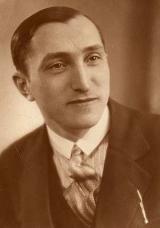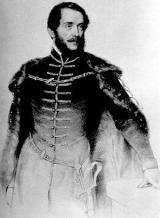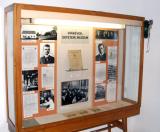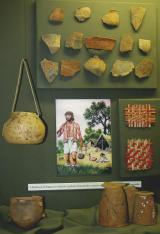2024. July 27. Saturday
Village Museum - Szegvár

|
Address: 6635, Szegvár Hunyadi János utca 31.
Phone number: (63) 313-352, (20) 567-9298
E-mail: tancosnora@freemail.hu
Opening hours: 01.04-31.10.: Wed-Fri 9-13, Sat-Sun: on prior notice
|
The village museum of Szegvár was founded by the teacher János Jaksa (1904-1981). Most of the material was collected in 1948, for the 100th years anniversary of the 1848-49 revolution.
The was the first village museum in Csongrád County and the second in the whole of Hungary. The institution was moved in 1973 to 31-33 Hunyadi street, into a building originally built for the Károlyi family at the beginning of the 18th century.
In the huge house more than eight exhibition rooms and five stores are available for the use of the museum.
The was the first village museum in Csongrád County and the second in the whole of Hungary. The institution was moved in 1973 to 31-33 Hunyadi street, into a building originally built for the Károlyi family at the beginning of the 18th century.
In the huge house more than eight exhibition rooms and five stores are available for the use of the museum.



